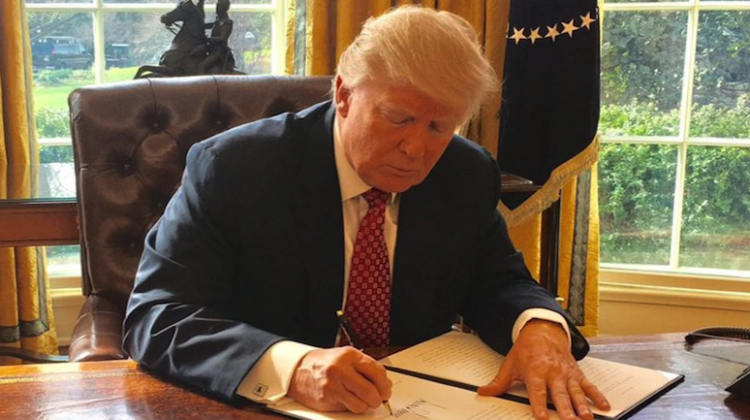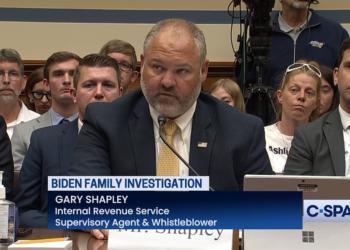
[Want even more content from FPM? Sign up for FPM+ to unlock exclusive series, virtual town-halls with our authors, and more—now for just $3.99/month. Click here to sign up.]
Donald Trump is playing the long game with tariffs. His goal is to restore our industrial base by revolutionizing the way the United States trades with the rest of the world.
We no longer make antibiotics, and import much of our steel, computer chips, and cars. We must even import titanium sponge – a key component for weapons systems – from producers in China, Russia, and Kazakhstan.
Think about that for a moment.
As President Trump said last week, the “free trade” system of the past thirty years has led to the closing of 90,000 U.S. factories. Our manufacturing base today accounts for just 10% of GDP, half of what it was under President Reagan.
As World War II was drawing to a close in 1944, the United States pledged its power and wealth to a new world order. Through the Bretton Woods agreement, and later, the Marshall Plan, U.S. taxpayers subsidized the reconstruction of Europe.
Part of that new world order allowed the Europeans to export their products to the United States without tariffs, while imposing tariffs on U.S. goods sold to Europe.
Similar arrangements were made with Japan. And for decades, no one mentioned them.
To protect the new international trading system, the United States built a massive blue-water navy to defend international waterways, and permanently deployed 300,000 U.S. combat troops to West Germany to defend NATO.
In the 1990s, the trade concessions were extended to Communist China, Mexico, and Canada with catastrophic results.
As Ross Perrot liked to say during the 1992 presidential election, the minute NAFTA went into effect (which happened in 1994), “there will be a giant sucking sound” of factories moving south.
And that is exactly what happened. It took another ten years or so for the Chinese to catch up, but they did — with a vengeance.
The real question we should all be asking ourselves is not why Trump just upset the world trading system with tariffs, but why he is the first American president to call out China, the Europeans, and others for ripping us off for so long?
Even before the new tariffs were implemented on April 2, Trump’s dramatic shift in policy attracted $6 trillion in new investment in America’s industrial base.
Yes, it will take time for these new factories to be built and the work force to be trained up. But once they open, we will be more secure as a nation and our economy reinvigorated with a renewed and expanded middle class.
Some pundits have wondered why Trump didn’t wait to announce the tariffs until after his “big beautiful” tax bill became law, to lessen the economic pain.
The answer to that one is simple: because Congress is even less predictable than the stock market.
In January, they were telling us they would have a bill for the president to sign in the first 100 days. Now, they are talking about the end of August, which could mean, whenever.
Donald Trump has a big, bold, transformative vision of America’s future.
But he’s not an intellectual or a dreamer, he’s a doer. We have never in our history had a president who combined the big picture goals of the visionary with the concrete skills and know-how of the builder.
And that’s what “liberation day” is all about. Do we see ourselves as slaves to distant masters who control our wealth and our destiny? Or as free men and women in charge of our own destiny?
Freedom always has a cost. And it’s worth it.
Kenneth R. Timmerman is a senior fellow at the America First Policy Institute. His latest work of non-fiction, The Iran House: Tales of Revolution, Persecution, War, and Intrigue, was recently published by Bombardier Books.














